The Philippines is home to a lot of flora and fauna and some of the world’s endangered species. One of the Philippine’s pride and the country’s national bird is the Philippine Eagle. The Philippine Eagle with a scientific name of Pithecophaga jefferyi, also known as the monkey-eating eagle is among the tallest, rarest, largest, and most powerful birds in the world. It is also popularly known as the “Haribon” or “Haring Ibon” which means “Bird King” with a local name of banog.
The Philippine Eagle is endemic to the Philippines and among the world’s most critical endangered vertebrate species. The eagle is known to be geographically restricted to the islands of Luzon, Samar, Leyte and Mindanao.
The Philippine Eagle was first discovered by John Whitehead in 1896 who is an English explorer and naturalist. Upon its discovery, it is first called monkey-eating eagle because of a report from the natives in Bonga, Samar where it was first discovered that it preyed exclusively on monkeys. It gained its generic name from the Greek word pithecus (“ape or monkey”) and phagus (“eater of”). Later studies shows that it doesn’t only feed on monkeys exclusively as it also eat large snakes,civet , monitor lizard among others. Because it would have the same name with the other eagles, a presidential proclamation in 1978 change the name to Philippine Eagle and became the Philippines national bird in 1995.
The female Philippine Eagle is up to 3.82 ft. long with and weighs about 7 kilograms. On the other hand, the adult male is about 10 to 20% smaller and averages at about 3 ft and weighs 5 kilograms. The eagle’s wingspan is approximately 2 meters. Their nape is embellished with long brown feathers that form a shaggy crest. These feathers give it the appearance of possessing a lion’s mane, which in turn resembles the mythical griffin. The Philippine Eagle has a dark face and creamy-brown nucha and crown. Their eyes are blue-gray and their back is dark brown while the underside and underwings are white. The heavy legs are yellow with large, powerful dark claws, and the prominent large, high-arched, deep beak is a bluish-gray. They can make loud, high-pitched whistles.
The Philippine Eagle is the dominant predator in the Philippines with the absence of other predators. Each breeding pair requires a large home range (of 25 to 50 square miles) to successfully raise a chick, and thus the species is extremely vulnerable to the regularly occurring deforestation. Juveniles in play behavior have been observed gripping knotholes in trees with their talons and, using its tail and wings for balance, inserting its head into a tree cavity. Life expectancy for a wild eagle is estimated to be anywhere from 30 to 60 years. A captive Philippine Eagle lived for more than 41 years in a zoo in Rome. However, it is believed that wild birds on average live shorter than captive birds.
The complete breeding cycle of the Philippine Eagle lasts two years. Like most eagles, they are monogamous. Once paired, a couple remains together for the rest of their lives and if one dies the remaining eagle often searches for a new mate to replace the one lost. Breeding begins between September and February. The parents both help to feed their eaglet. They have been observed taking turns in shielding their eaglet from the sun and the rain until it is 7 weeks old. The parent eagle takes care of their eaglet for a total of 20 months.
The Philippine Eagle is listed in 2008 International Union for the Conservation of Nature (IUCN) Red List as critically endangered. They believed that between 180 to 500 Philippine Eagles survive in the Philippines. This is due to deforestation and expanding of agriculture. Other major threats that also contribute to the deteriorating numbers of eagles in the wild are pollution, mining and poaching.
The Philippine Eagle Foundation is a private, non-stock, non-profit organization dedicated to saving the endangered Philippine Eagle and its rainforest. It is located in VAL Learning Village, Ruby St., Marfori Heights, Davao City, Davao.
It works hand in hand with the Philippine Eagle Center in Malagos, Baguio District, Davao City, which housed 36 Philippine Eagles, 18 of which are captive-bred. The Philippine Eagle Center also houses 10 other species of birds, 4 species of mammals and 2 species of reptiles. Simulating a tropical rain forest environment, the Center offers the visitor a glimpse into the country’s forest ecosystem. Ongoing research on behavior, ecology and population dynamics is also underway. You can visit their website http://www.philippineeagle.org for more information.
Noted Killings of Philippine Eagles
- Kagsabua
- 4 years old at death
- Origin – Brgy. Kaatuan, Lantapan, Bukidnon
- Kagsabua was rescued from his captors in Bukidnon in 2006. X-ray result showed an airgun pellet lodged between the skin and the skull at the back of the bird’s head. After rehabilitation Kagsabua was released back to his forest habitat in 2008. But four months after, Kagsabua was killed with only his leg band attached to the tarsus down to the talons recovered. A case has been filed against suspect Brian Balaon for violation of the Wildlife Act at the Municipal Trial court in Malaybalay City.
- Hineleban
- 3 years old at death
- Origin – Captive-bred – Philippine Eagle Center
- Hineleban is a captive-bred male Philippine eagle hatched in 2006. He was released to Mt. Kitanglan on October 2009 and was reported missing a month after. In January 2010, the body of a male Philippine Eagle believed to be Hineleban was found buried in a farm close to Hineleban’s last known location. There were witnesses to the crime, however, the suspects remain at large and the case is ending.
- Tarragona Breeding Pair
- Origin – Brgy. Tubaon, Taragona, Davao Oriental
- A Philippine Eagle Breeding Pair was discovered in Tarragona, Davao Oriental on 2006. In early March 2010, the Philippine Eagle Foundation received reports that one adult eagle in Tarragona, Davao Oriental had been shot by a local man who has previously posed threats to kill the eagle, claiming that it is because of the presence of conservation research there that he is no longer able to sell timber illegally. A report has been filed with the police but the suspect remains at large. While the dead eagle is believed to be one of the adults of Tarragona breeding pair.
Act now and help save our Philippine Eagle now!
This page is last updated on
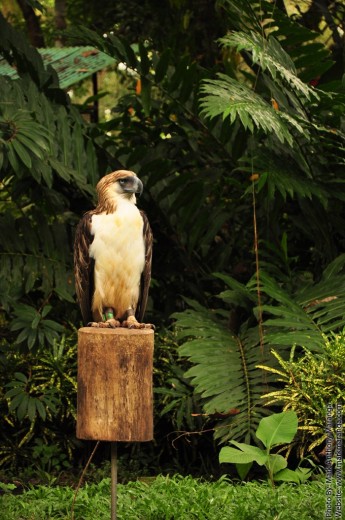
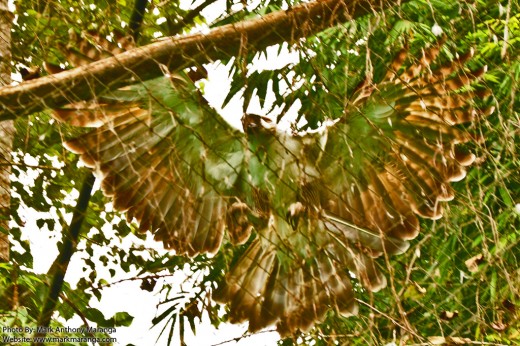
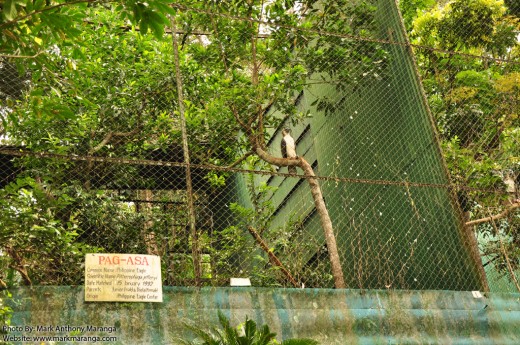
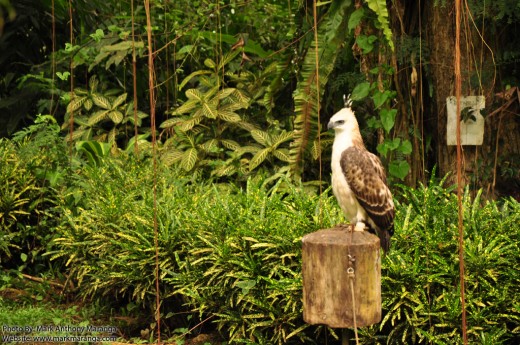
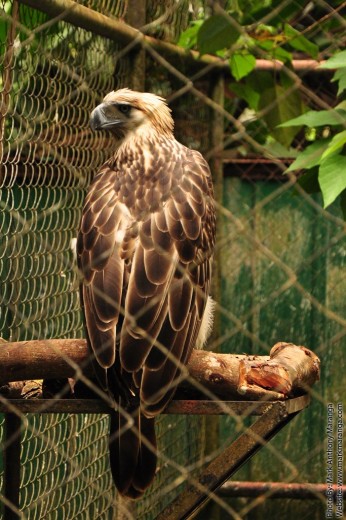
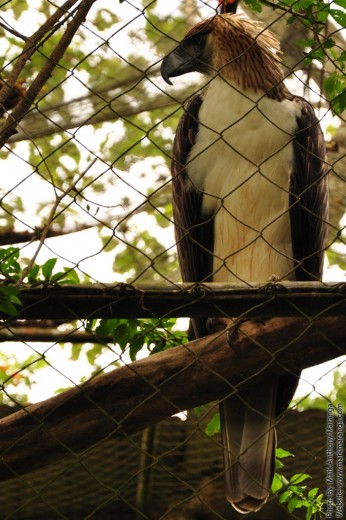
 Mark Anthony Maranga is an Educator-Parent to his 3 Homeschooling Kids. He sells
Mark Anthony Maranga is an Educator-Parent to his 3 Homeschooling Kids. He sells 











Dear Sir,During the last four years I have been lucky enough to see an Eagle twice, may be the same bird, once soaring high above my house with sun shine through its unmistakable feathers. I was on my m/cycle on the mountain tracks and I must of startled the bird and it took off from beneath me if flight out into the open. ..again unmistakable. I DID notice two round white spots under each wing. Can you tell me what eagle it was please. ..Thank you in anticipation. My fb is KickingDonkey Eagle. ..Martin
The Philippine Eagle is our national bird. It should be taken care well. Not just to be nationalistic, but the fact that it’s already endangered, it is already something that’s alarming and must be attended well.